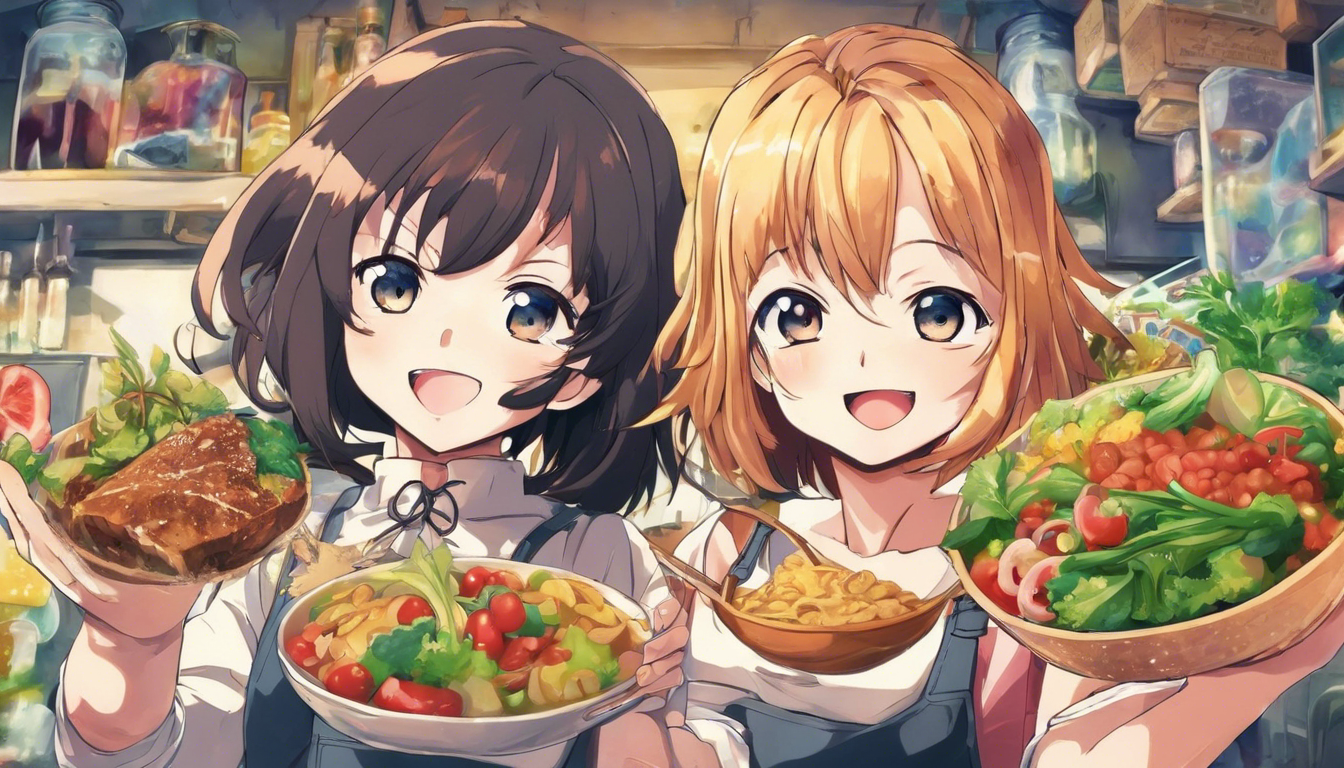
Living a gluten-free lifestyle can be challenging, especially when combined with a vegan diet. However, with proper planning and knowledge, it is absolutely possible to manage both dietary choices simultaneously. While there are similarities and overlaps between gluten-free and vegan diets, there are also important differences that need to be considered. This article aims to provide you with detailed insights and accurate information on managing a gluten-free and vegan diet together.
Understanding Gluten and Why it Matters
Gluten is a protein found in certain grains such as wheat, barley, and rye. For people with celiac disease or gluten sensitivity, consuming gluten can cause severe health issues. Celiac disease is an autoimmune disorder where the ingestion of gluten leads to damage in the small intestine. Gluten sensitivity, on the other hand, may not involve the immune system but can still cause uncomfortable symptoms.
Avoiding gluten is essential for those with celiac disease or gluten sensitivity to prevent further damage to their digestive system and alleviate symptoms like bloating, abdominal pain, and diarrhea.
The Basic Principles of a Gluten-Free Diet
A gluten-free diet involves eliminating all sources of gluten from your meals. This means avoiding obvious gluten-containing foods like bread, pasta, and pastries. However, it also extends to hidden sources of gluten found in many processed foods, sauces, and condiments.
When following a gluten-free diet, it is important to carefully read food labels to identify any ingredients derived from wheat, barley, or rye. Look out for hidden sources of gluten such as malt flavoring or modified food starch, which may be derived from gluten-containing grains.
Transitioning to a Gluten-Free Vegan Diet
Transitioning to a gluten-free vegan diet involves finding suitable alternatives for both animal-based products and gluten-containing foods. It can require some experimentation and creativity in the kitchen, but there are plenty of options available.
To replace animal-based proteins, consider incorporating plant-based protein sources such as beans, lentils, tofu, tempeh, and quinoa into your meals. These alternatives are not only gluten-free but also packed with essential nutrients.
When it comes to gluten-free grains, opt for naturally gluten-free options like rice, corn, quinoa, buckwheat, and amaranth. Stay away from gluten-containing grains like wheat, barley, and rye. Remember, even trace amounts of gluten can have a negative impact on people with celiac disease or gluten sensitivity.
Challenges and Benefits of a Gluten-Free Vegan Diet
While a gluten-free vegan diet offers numerous health benefits, including increased intake of whole foods and plant-based proteins, it may present some challenges. It requires careful planning to ensure a balanced and varied diet.
One challenge is obtaining enough essential nutrients, such as vitamin B12, iron, and omega-3 fatty acids. These nutrients are commonly found in animal-based foods, and their vegan sources may not always be gluten-free. It is important to consult a registered dietitian or healthcare professional to ensure proper supplementation or a well-planned diet.
Another challenge can be finding suitable gluten-free and vegan alternatives when eating out or attending social gatherings. However, with increasing awareness about dietary restrictions and the availability of specialized products, it is becoming easier to navigate these situations.
Managing a gluten-free and vegan diet together requires attentiveness to food labels, creativity in the kitchen, and seeking professional guidance when necessary. By understanding the principles of a gluten-free diet and finding suitable vegan alternatives, you can successfully follow both dietary choices simultaneously. Remember, it’s important to seek guidance from healthcare professionals and registered dietitians to ensure you are getting all the necessary nutrients to support your overall health and wellbeing.